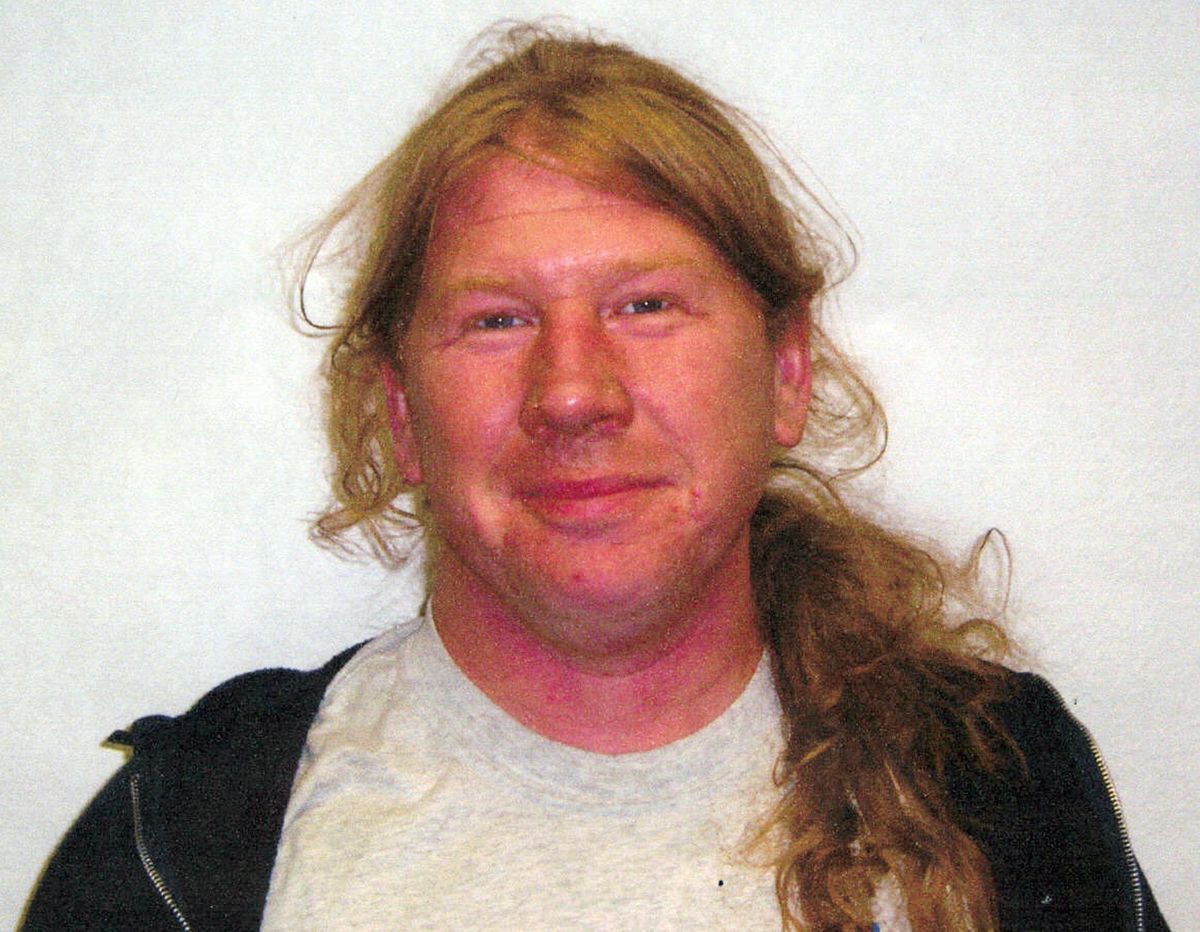Thompson case goes to jurors
Prosecuting, defense attorneys make closing arguments

YAKIMA – Jurors were asked Monday to decide whether Spokane police Officer Karl F. Thompson Jr. is a “rogue cop” and liar who hid behind a departmental coverup, or a “hero” who was protecting the public when he beat Otto Zehm with a baton 13 times and shocked him with a Taser.
Deliberations in the excessive force trial began on what would have been Zehm’s 42nd birthday. He died without regaining consciousness following a violent March 18, 2006, police confrontation inside a Spokane convenience store after being mistakenly identified as a suspect in a possible theft.
“The defendant abused the power entrusted to him with a brutal, unprovoked attack that left Mr. Zehm helpless and beaten in the center aisle. Then he counted on his department to whitewash the incident … and it did,” federal prosecutor Victor Boutros said in closing arguments Monday. “This is a tragic and terrible story. It’s not over yet. The defendant doesn’t get to abuse Mr. Zehm with impunity and then cover it up.
“You get the final word,” Boutros continued. “And the final word is ‘guilty.’ ”
But defense attorney Carl Oreskovich described Thompson as a Vietnam War hero and high-school-dropout-turned-college-graduate who had his reputation soiled by overzealous federal prosecutors seeking to convict him for legitimate law enforcement actions.
“This is not a man who creates a web of lies. This is an honorable man,” Oreskovich said of his client during closing arguments Monday. “This is not a rogue, tough-guy cop … who runs up on someone and clubs them with a baton. He’s not a liar, not a Tombstone-courage cowboy, but someone who was known as a thinker with a good demeanor who had the respect and admiration of probably the toughest critics: the people that you work with.”
The attorneys delivered their closing statements as the trial entered its fourth week. Thompson is charged with using unreasonable force and lying to investigators following the confrontation with Zehm, who was at the time a 36-year-old part-time janitor with paranoid schizophrenia who liked to meet with friends for guitar jam sessions.
Earlier in the day, Assistant U.S. Attorney Timothy Durkin persuaded U.S. District Court Judge Fred Van Sickle to include a jury instruction that spells out that a citizen can resist unlawful force.
“Respectfully, the failure to advise the theory in this case that Mr. Zehm had a right to resist unreasonably excessive, injurious and lethal force … will result in a manifest injustice,” Durkin said. “The failure to inform the jury that Mr. Zehm had the right to resist … will force the jury to believe that the defendant was the only one authorized to use force.”
Boutros at one point invoked the comic book hero Spider-Man while arguing that jurors should find Thompson’s version of the encounter absurd.
Boutros said Thompson and several Spokane police witnesses previously testified that only experienced police officers can see warning signs of violence that regular citizens don’t, such as Zehm’s eyes, facial expression and “invisible” tensing of muscles under a heavy leather jacket.
“It’s almost like Spidey sense,” Boutros said. “You know how Spider-Man has a glint in his eye and he knows something bad is about to happen. It can’t be impeached by citizen eyewitnesses or video. Only (Thompson) could have seen those things.”
Boutros said Thompson knew he could get away with his unjustified beating of Zehm because he knew Detective Terry Ferguson “is going to whitewash this for him and she does. Not only does she say don’t prosecute but she says there is no evidence of excessive force. None.
“What he didn’t consider is another review” by the FBI that included comparing witness statements and Thompson’s version of events to the video, Boutros continued.
Thompson’s March 22, 2006, statement includes several allegations of Zehm’s actions, none of which were shown on the video, he said.
“Then he takes the stand and gives you a third version. ‘I got some things out of order. All the stuff you can’t see? That’s where my justifications are’ ” he said, speaking for Thompson. “It’s all hidden behind the shelf.”
But Oreskovich countered that federal prosecutors had failed to prove the case because Thompson can only be judged by what he perceived at the time, and Thompson believed that Zehm – who was retreating – was about to assault him.
“The government has not established one iota – not one shred of evidence – that this man acted with a bad or evil purpose,” Oreskovich said. “If those were my children standing at the counter (of the Zip Trip), if someone had taken money, ran away and appeared to be high … what I want is this man to go in there. That’s what we ask of (officers). Isn’t that what we have them for, to respond to the risk and to have courage?
“He does the job we demand,” Oreskovich continued. “Now he gets accused of a crime and accused of creating a web of lies.”
Boutros challenged Oreskovich’s notion that after 5 ½ years Thompson was somehow the victim.
“Don’t forget what happened to Mr. Zehm,” Boutros told the jury. “Don’t forget the terror and panic Mr. Zehm suffered with no way to stop the acts from continuing. His last words were, ‘All I wanted was a Snickers.’ We are asking you to let the defendant know that no one is above the law.”